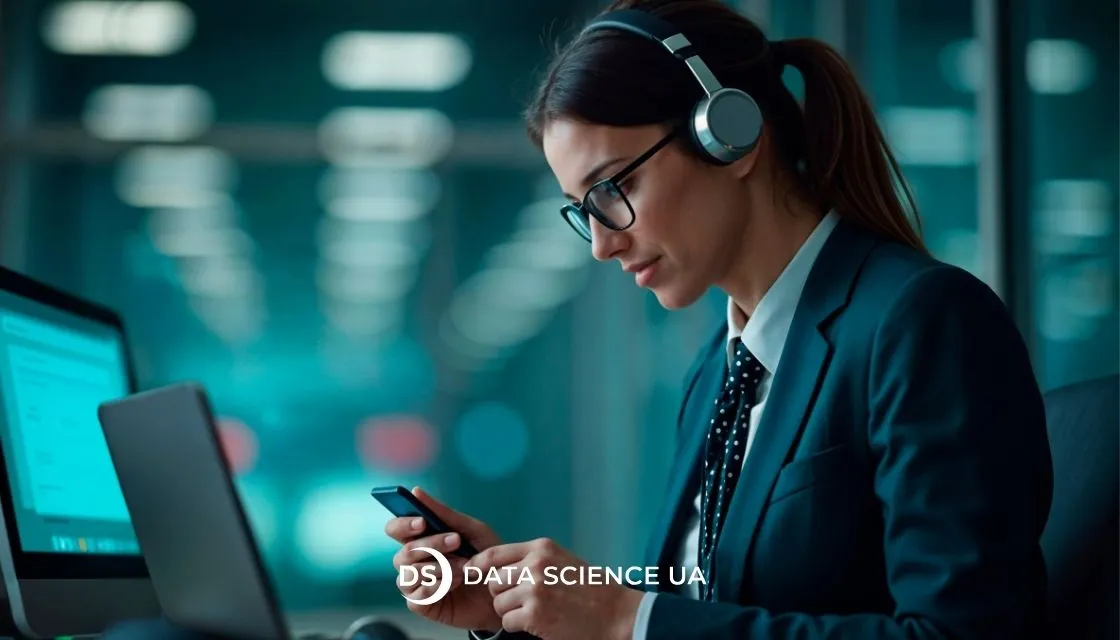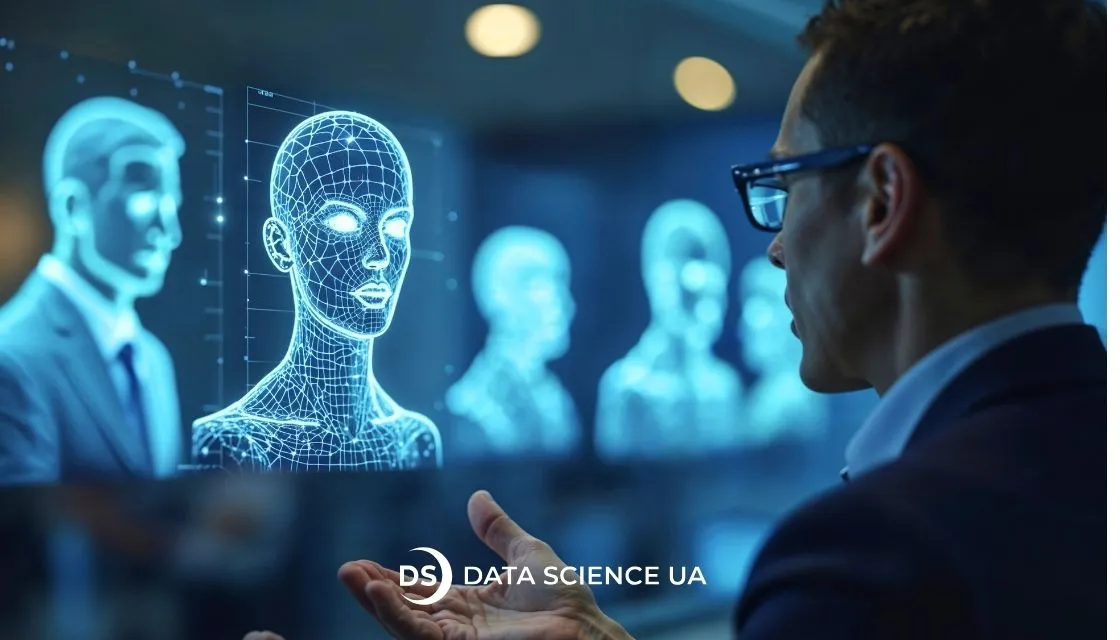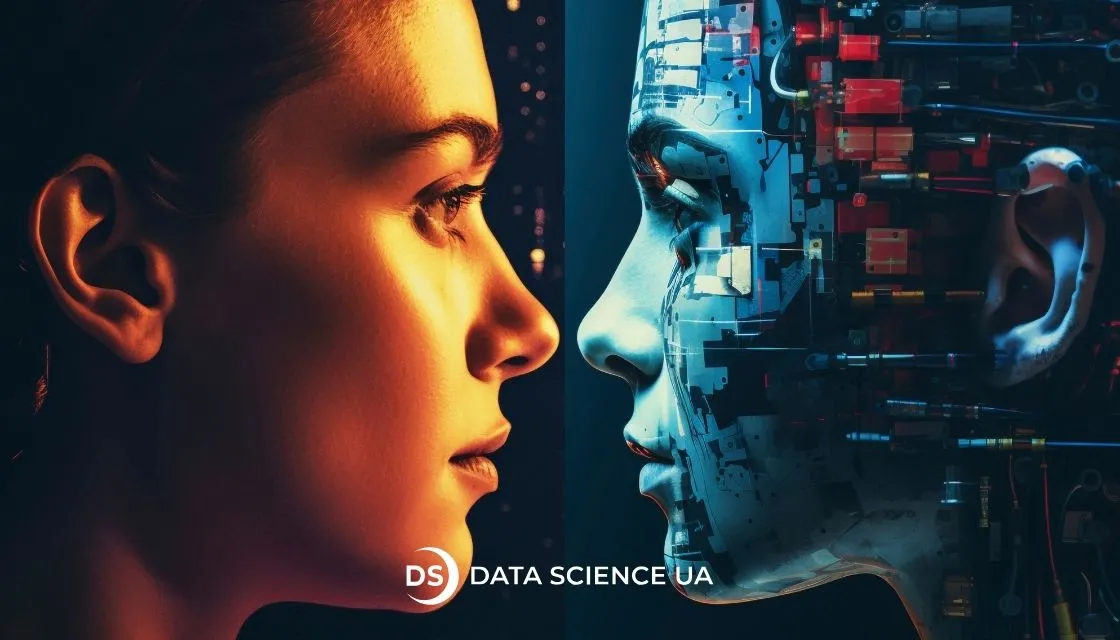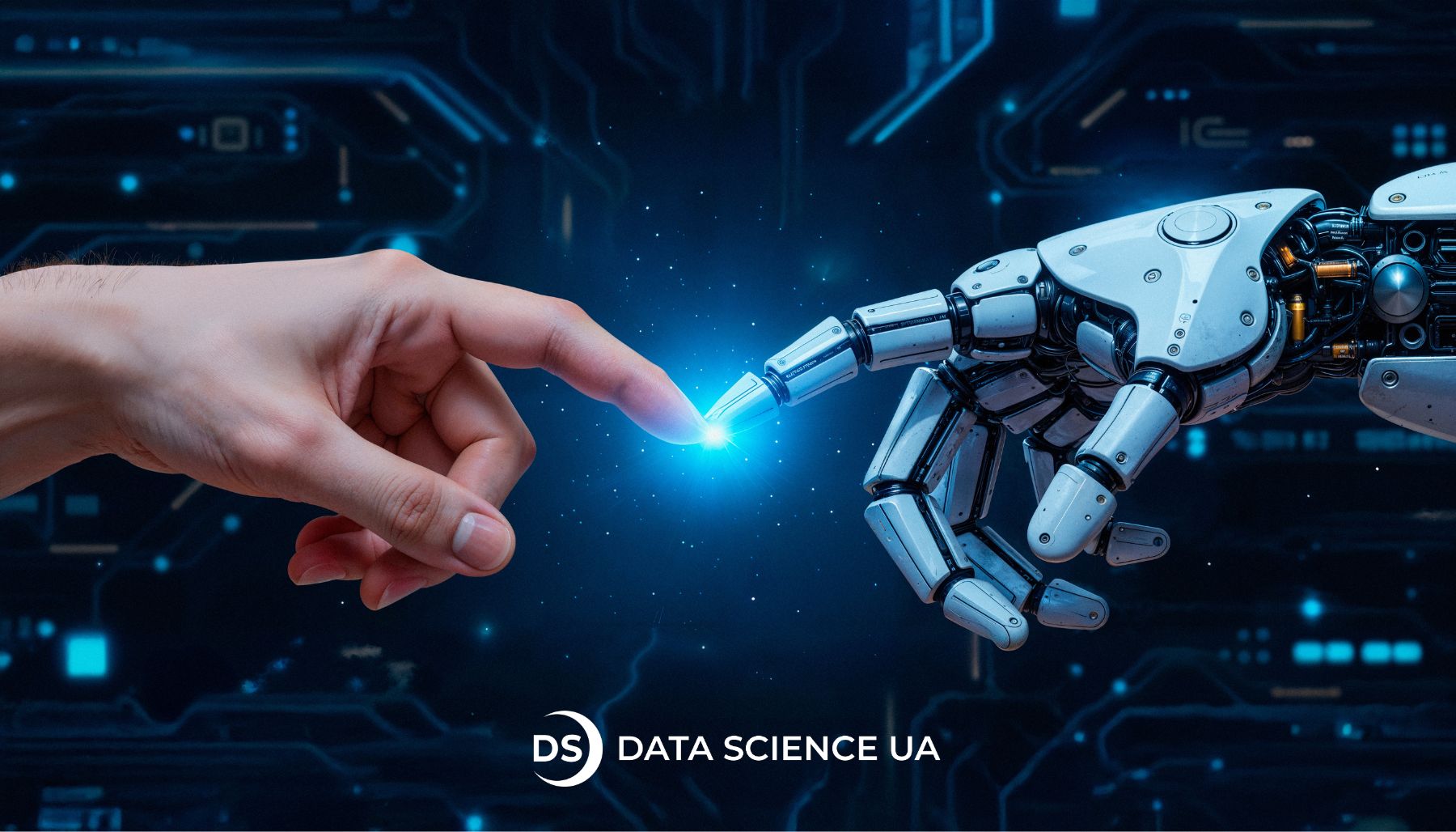Unlock advanced video analytics powered by machine learning
In our digital age, video content is everywhere. From social media feeds to security cameras, there is a massive demand for quality video analytics. Businesses are in the race to harness advanced video analytics machine learning to make sense of the volumes of video data they collect. This article will explain the key elements of video analytics ML, share practical applications, and illustrate its transformative impact across sectors.
Video processing and analysis
Video analysis using deep learning refers to the prompt and precise extraction of valuable information from unstructured video data. This requires advanced algorithms capable of dealing with big data effectively. With deep learning, technology evolves from simple video processing, enabling systems to learn and improve over time.
This way, YouTube employs advanced video analytics to suggest content based on user activity, increasing viewer engagement.
CCTV installations use video analytics to identify motion, detect faces, and alert authorities about suspicious behavior.
Intelligent video analytics explained
Intelligent video analytics are utilized to process and make sense of real-time video streams. This technology is able to recognize objects, determine actions, and identify anomalies, rendering the task of machine learning video analysis straightforward.
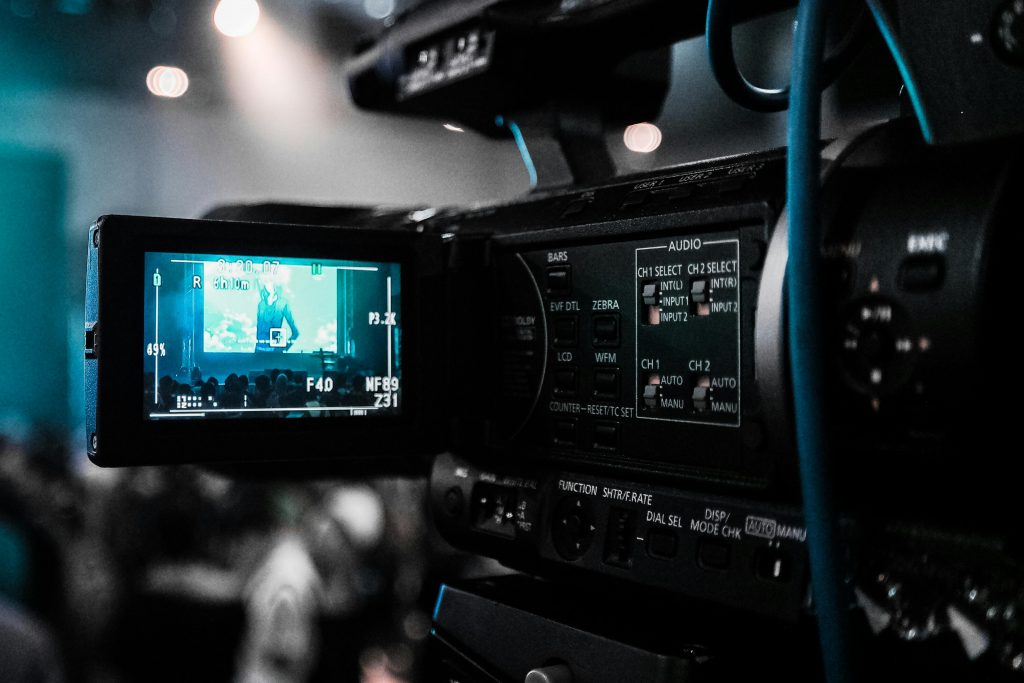
Image from Pexels (source)
Real-time video analytics
Real-time video analytics enables businesses to process video streams instantaneously, allowing them to react immediately to live data. It is a crucial aspect in use cases such as:
- Traffic monitoring: Los Angeles and other metropolitan areas use real-time analytics to manage traffic, reducing congestion and travel time.
- Surveillance systems: Real-time analytics are applied by retailers to monitor customer behavior and prevent shoplifting, ensuring overall security.
- Video recognition: IVA provides security layers with the help of facial recognition video analytics, utilized in applications like airports and secure facilities.
- Behavior analysis: IVA can identify behaviors and identify anomalies, such as loitering or unusual movement, enabling proactive security.
- Interoperability with other systems: Intelligent video analytics can be readily integrated with other security systems to leverage the optimum situational awareness and operational effectiveness.
To businesses that want to implement intelligent video analytics, having a skilled provider to lead them is crucial. Our image recognition software development company expertise ensures your IVA solutions are properly calibrated to meet the individual needs of your business, with optimal security and efficiency in operations.
The role of ML and DL
Video analysis deep learning is a key component of sophisticated analytics. The technology allows systems to learn from historical data and refine their predictions over time. With the help of ML development services, businesses can create customized solutions that are unique to their needs.
For instance, Autopilot’s highly successful feature uses deep learning-based algorithms to scan video from its cameras for lane detection and object identification. Amazon Go applies machine learning to scan video streams, recognizing when items are removed or replaced from a shelf.
Video summarization
Video summarization compresses lengthy videos into shorter versions without sacrificing valuable information. It is particularly effective in making content more consumable.
Benefits
- Time-saving: Summarized videos allow users to grasp key points at a glance, enhancing user experience.
- Improved accessibility: Shorter content is more likely to be shared and viewed, increasing its exposure.
Challenges
- Context retention: Retaining valuable information while shortening video length is a challenge requiring sophisticated algorithms.
- Diverse content: Different kinds of videos (learned, entertainment, etc.) may need unique summarization methods.
Recent achievements
Machine learning for video analysis has made significant strides in recent years, with more effective video summarization techniques. Researchers have developed algorithms that summarize sports games by identifying pivotal plays and highlights, which greatly enhance the viewing experience.
Commercial usage
Businesses utilize video summarization for various purposes, such as:
- E-learning sites: Companies like Coursera use summarization to create concise training videos, allowing students to focus on the most critical information.
- News media: News organizations produce short news summaries, aiming at readers who desire quick updates.
Video comprehension
Video comprehension goes beyond analysis using AI by examining the content and context of video information. This involves recognizing action, understanding scenes, and feeling emotions.
Benefits
- Better decision-making: Companies can use insights from video information to base decisions on informed choices, leading to increased efficiency of operations.
- Enhanced customer experience: Companies can design offerings and marketing efforts better based on a sense of consumer behavior.
Challenges
- Complexity: Properly interpreting human behavior and emotion in video requires advanced models and large data.
- Training data: Having sufficient quality training data to make model accuracy better is desirable but challenging.
Recent achievements
Recent breakthroughs in natural language processing and machine learning have significantly improved video understanding functionality. AI models can now decipher customer interactions in retail settings, providing insights into consumer preferences and behaviors.
Business use cases
Among industries applying video comprehension are:
- Marketing: Brands analyze consumer reactions to advertisements to refine campaigns and increase interaction.
- Healthcare: Doctors use this technology to monitor patient behavior and identify possible health issues.
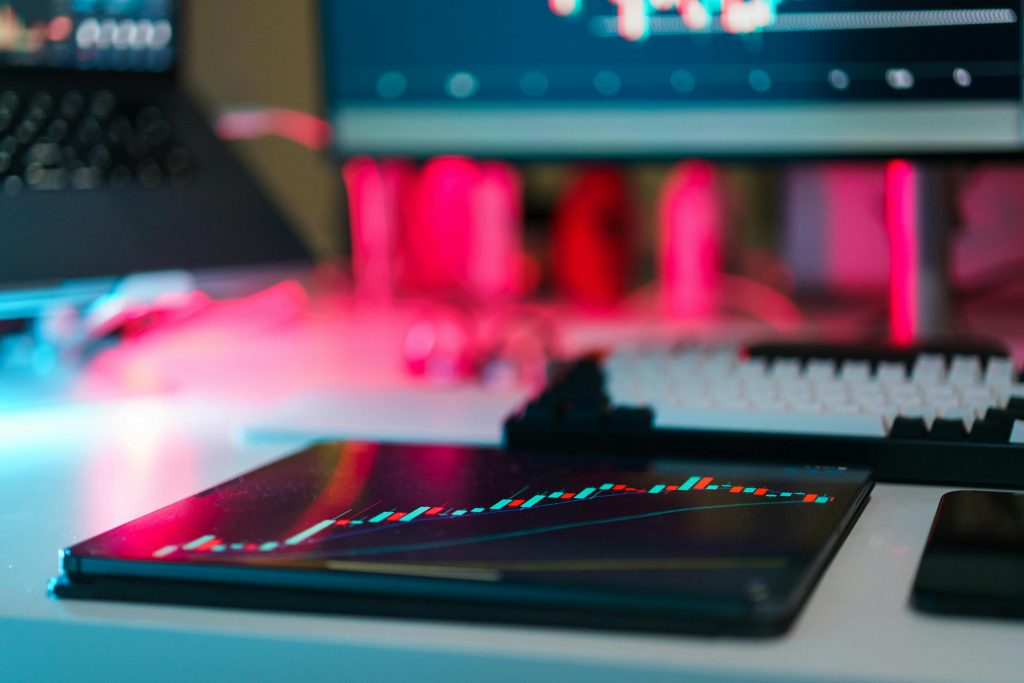
Image from Pexels (source)
Industry applications of video analytics
Machine learning algorithms for video analysis have many applications across industries, completely transforming the way modern enterprises operate. Here are some real-world examples that will make this change more prominent to you as well:
Smart cities
- Video monitoring: Live video feeds of traffic cameras are actively monitored by algorithms that identify traffic flow and congestion levels. In Barcelona, for example, the public transport routes are optimized by tracking traffic patterns and schedules using live data, leading to enhanced public transport.
- Public Security Management: Video cameras that are able to do video analytics can detect suspicious action and send a warning to the authorities of potential security threats. This preventive measure prevents crime and maintains public safety.
- Urban Planning: Based on the pedestrian traffic data and vehicular movement data, planners can make rational decisions on whether and where infrastructure development, for instance, construction of new roads or transport hubs, is required.
Transportation
- Management of public transport: Video analytics in London monitors bus and train networks such that buses and trains arrive and depart on schedule. By monitoring passenger load data, transport authorities can maximize service frequency and overall efficiency.
- Minimization of traffic congestion: stream analysis of traffic conditions allows dynamic traffic signal control, which reduces congestion and improves commuters’ travel time.
- Object detection in video: Machine learning is able to automatically detect accidents or incidents on the road, resulting in a quick response from emergency services.
Healthcare
- Patient monitoring: Hospitals use video streams to monitor the movement and activities of patients, enabling them to respond quickly to their requirements. For instance, if a patient experiences a fall, it can alert staff instantly, and staff can assist quickly.
- Telemedicine: Video analytics enhances telemedicine via the observation of patient interactions and the provision of information about patient vital signs as a function of visual observation.
- Workflow optimization: With analysis of video streams in busy hospital settings, administrators can identify pinch points in patient flow, optimize staffing deployment, and improve the delivery of services.
Biotechnology
- Experiment monitoring: Video analytics can be used to track experiments in real time so that compliance with safety procedures is maintained. For instance, automated systems may be used to monitor laboratory staff in compliance with safety procedures, thus minimizing the chances of accidents.
- Data verification: Video analytics adds to the integrity of findings by visually recording experimental processes, facilitating easier replication of findings and compliance with laws.
Security
- Surveillance enhancement: Security complexes use video analytics to monitor public spaces and detect suspicious movement. For example, airports employ the technology to monitor movement among travelers, detecting potential security risks in time before they escalate into full-blown problems.
- Automated alarms: Machine learning algorithms can offer automated alarms upon detection of suspicious movement, thereby enabling security agents to respond faster and more effectively.
Retail
- Tracking consumer movement: Video analysis allows retailers to track customers’ movements in stores and optimize store layouts and product placement. Walmart, for instance, uses video analytics to track store traffic to inform its product placement and promotional display policy.
- Advertising optimisation: Video analytics allows the performance of advertising in-store to be measured through the analysis of customer interaction and engagement with the display.
Sports
Deep learning for video analysis is utilized in sports to engage fans.
- Game analysis: Professional sports clubs utilize deep learning algorithms to study game footage, with the results of player performance and strategy effectiveness. Decision-making based on data allows coaches to prepare trained decisions for training and game preparation.
- Fan interaction: By providing up-to-the-minute stats and facts during games underway, teams can enhance the fan experience, keeping people engaged and updated.
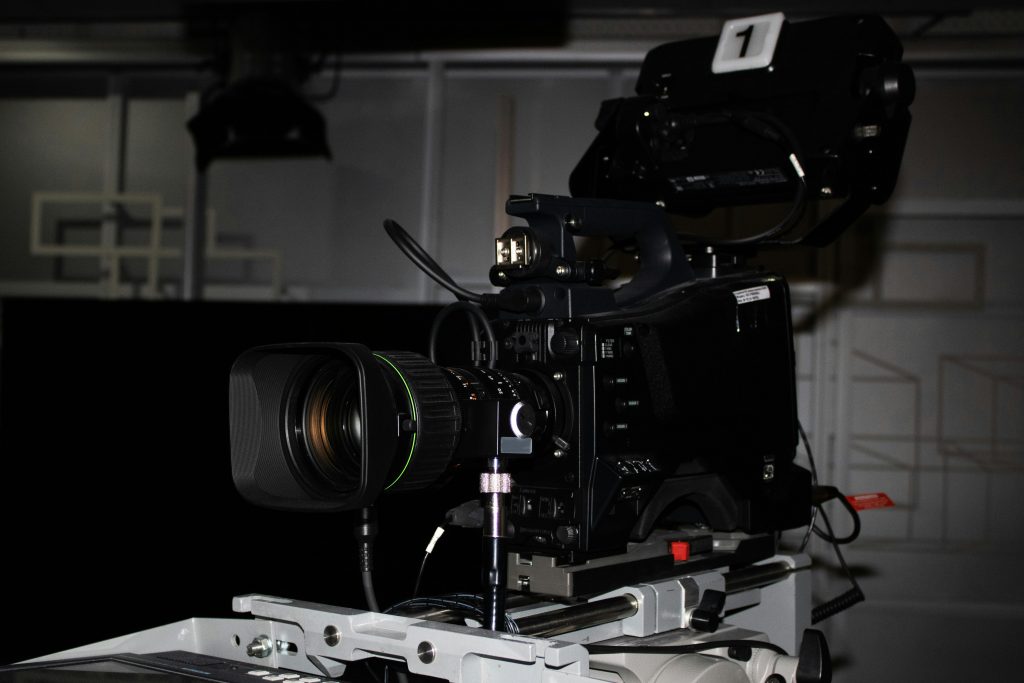
Image from Pexels (source)
The working principles of video analytics
It is crucial for companies looking to implement this kind of technology in an optimal manner to understand how video analytics works.
Data input and system training
Data input is the process of supplying video content to the analytics system. Then, with proper training involving various datasets, the system can deliver accurate results without bias. Google, for instance, makes use of massive amounts of video data available to train their systems effectively.
Edge computing vs. Central processing
Edge computing facilitates near-source processing, reducing latency and response times. This is especially beneficial for real-time video analysis in applications such as intelligent surveillance systems for public spaces.
Scenario-based AI model training
Scenario-based training of AI models makes them more relevant and accurate. This allows organizations to tailor their analytics systems to their specific needs, delivering best-in-class performance across various scenarios.
Human control in AI video decision making
While deep learning video analysis is significant in this industry, human control remains essential. Human oversight is required to guarantee that AI decisions are aligned with organizational goals, especially for sensitive use cases like law enforcement.
For organizations wishing to leverage AI for video analytics, working with an artificial intelligence development company can provide reliable insights and support.
AI-driven video management systems (VMS)
AI-driven Video Management Systems (VMS) are critical to efficient video data analytic services as they allow organizations to collect, analyze, and most importantly, store data in a retrievable and secure manner.
VMS role in the organization of video data
VMS provides a centralized system in the management of video recordings, which makes data stored, organized, and easily accessible for analysis. The centralized system makes the retrieval and analysis process easier, which conserves time and resources.
Enhancing VMS with AI and CV
Integrating deep learning for video analysis and computer vision into VMS enhances their capabilities, allowing real-time insights. Businesses can utilize custom computer vision development services to tailor VMS to their requirement so that they cater to unique operational specifications.
The future of video analytics with artificial intelligence
The future of video analysis machine learning is bright, with ongoing innovation in the pipeline to keep scaling its capability. As technology evolves, organizations will be capable of extracting more informative data from video, and this will lead to improved decision-making along with enhanced operational effectiveness. Some trends that are emerging include:
- AI-powered content moderation: Businesses will utilize AI to automate content moderation to ensure compliance with regulations and community standards more. Learn more in outsource optical character recognition services.
- Predictive analytics: Video analytics will utilize more predictive video analytics so that organizations can better forecast trends and customer behavior.
- Integration with IoT: Integration of video analytics with the IoT will enable connected systems that provide real-time intelligence in a wide range of applications.
FAQ
How accurate is machine learning in video analytics?
Video content analysis deep learning models are very accurate at video analytics, but their accuracy depends on the quality of training data and the complexity of the task being performed. Model updating and regular training have to be done to be precise. Leading players like Facebook employ huge datasets to keep improving their video analytics systems.
How are companies utilizing machine learning video analytics?
Businesses usually start by establishing their specific needs and objectives. They subsequently collaborate with video analytics machine learning professionals to design specific solutions that integrate well within their existing framework. As an example, Netflix utilizes machine learning to analyze the watch patterns of viewers to serve them personalized recommendations.
How do businesses ensure data privacy and security in video analytics?
In order to ensure data protection and security, businesses need to have robust encryption processes, limit access to data to only permitted employees, and be GDPR compliant. Periodic audits and risk assessments also need to be conducted to determine and mitigate potential risks. Companies like Zoom have integrated strict privacy processes to safeguard user data, but utilize video analytics for better service delivery.
With the power of machine learning video analytics, companies can liberate insights, optimize operations, and drive innovation across various industries. With further progress in technology, the possibilities with video analytics are limitless, giving way to a smarter and more connected world.


